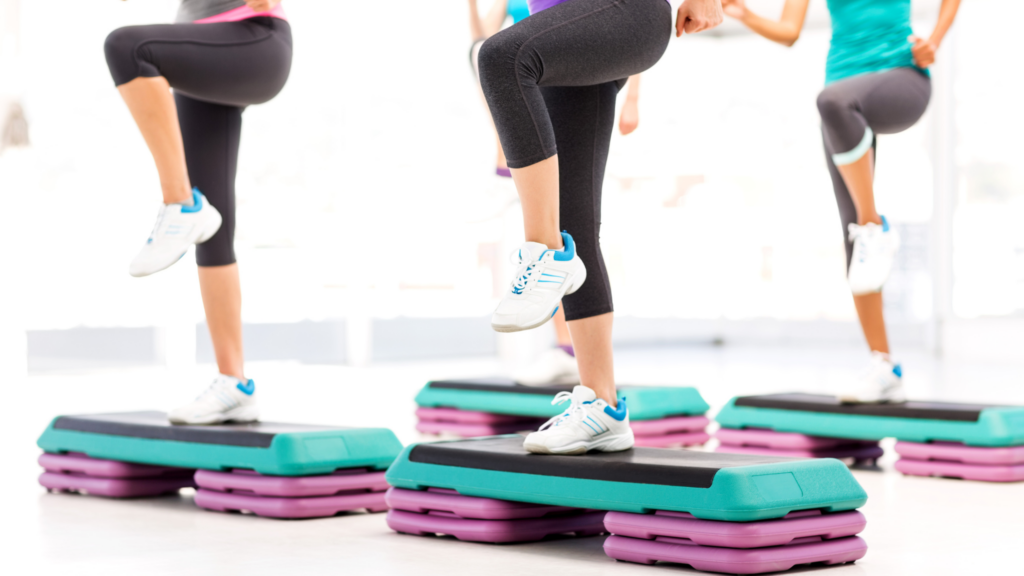
Exercise is important when it comes to maintaining good heart health. We all know how beneficial aerobic exercise can be, but is stretching good for your heart, too?
In this article, we’ll explore the dangers of poor cardiovascular health and look at some scientific evidence supporting the claim that adopting a 12-week passive stretching regimen can help you keep your heart and blood vessels healthy.
Any abnormality of the vasculature is referred to as “vascular disease.”
100,000 miles of blood vessels, including veins and arteries, comprise an adult’s vascular system. Serious issues with this system may result in discomfort, impairment, or even death. When arteries are compromised and not functioning correctly, it can lead to stroke, blood clots (pulmonary embolism), and heart attacks.
Good blood flow results in decreased systemic pressure, which lessens the likelihood of arterial wall injury. High blood pressure brought on by reduced blood flow from an injured artery or arteries increases the risk of heart attack and stroke.
Because it can be challenging to reverse once it persists, arterial stiffness is harmful. You should take action quickly and experiment with strategies like stretching to improve the arteries’ flexibility.

The main advantage of stretching for better heart health is its ability to considerably reduce stress levels, preventing many of the long-term negative consequences of long-term stress on the body.
Stress overworks the sympathetic nervous system, resulting in high blood pressure and inflammation. Additionally, your muscles can grow more sensitive to insulin by performing various stretching activities, which helps to regulate your blood sugar levels.
Stretching also causes the parasympathetic nervous system to become active, which instructs your body to calm down and breathe easier, improving cardiovascular health. This can therefore increase the advantages of a healthy diet and exercise, making it easier to achieve heart health.
What’s more, by stretching regularly, you can improve vascular endothelial function while you lower blood pressure, improving blood flow to major muscle groups.
According to a recent study conducted at the University of Milan in Italy, stretching for 12 weeks improved circulation, lowered blood pressure, and reduced artery stiffness.
Good blood flow leads to a lower incidence of strokes and heart attacks because it causes less wear and tear on the arterial walls. High blood pressure, excessive cholesterol, and/or inflammation are common in those with arterial stiffness.
Roughly 40 men and women were gathered and split into three groups during the study. One group stretched their legs, ankles, and feet for 40 minutes five days a week, whereas the other group limited their stretching to one side of the body for the same amount of time.
The third group, on the other hand, made no attempts to stretch.
12 weeks after the study’s conclusion, the blood vessel health of individuals in the two groups that had been stretching had dramatically improved. Their arteries were significantly less rigid, and their blood vessels’ performance improved.
The participants involved in the study did what is known as passive stretching, a technique that uses stretch bands and gravity to get a healthy stretch. Fortunately, performing this kind of stretching at home is simple.

Even though stretching increased blood flow and blood vessel function, researchers have emphasized that the advantages of stretching for the cardiovascular system aren’t quite as substantial as engaging in aerobic activities such as jogging, walking, or bicycling.
Stretching is a wonderful alternative, though, if you are only able to engage in movement at home and find it difficult to raise your heart rate. To find the best exercise regimen to improve your heart health, you should adopt a combination of stretching and aerobic exercise.
Moreover, stretching is not a substitute for other measures used to maintain a healthy heart. Keeping your weight under control, lowering high cholesterol, blood sugar, and/or systolic and diastolic blood pressure with healthy eating, and taking prescribed drugs as instructed, all aid in maintaining flexible vasculature and healthy blood flow.
Constricted, hardened arteries cause the painful condition known as peripheral artery disease (PAD). Your legs don’t typically get sufficient oxygen to support your activity when you have PAD, which causes pain. This is due to decreased blood flow to your legs.
Usually, doctors advise starting a walking routine to boost circulation to your legs and ease arterial stiffness. Although walking initially hurts, many PAD sufferers see symptoms improve over time. Particularly when they combine walking with other therapy methods.
However, for some, the initial pain is unbearable. This is why stretching offers so much promise in helping patients improve peripheral arterial stiffness.
Here are a few exercises to kick-start your stretching exercise regimen:
To do this stretch, kneel on the floor with your right and left leg outstretched. Put your hands and forearms on the ground. Stretch your knees apart and lower your hips slightly. Hold this position for a minimum of 45 seconds.
This exercise is an excellent substitute for traditional hamstring stretches. It works well if you have tight hamstrings but are unable to lower your head below your heart due to health concerns.
To do this stretch, find a wall you can lean against and lie down on the floor, placing both legs on the wall above. Slowly approach the wall, aiming to rest your legs entirely against it as you do so.
As you start to feel stretched out, stop and gradually go closer to the wall. Maintain this posture for 30-second intervals, adjusting your distance as necessary.
The results of this new study offer great promise for those suffering from vascular disease. However, stretching should not be a substitute for aerobic exercise and a good healthy diet. These three things can help you greatly improve your heart health when used in conjunction.
Copyright © CardiacKrock.com. 2022 All rights reserved. | Sitemap